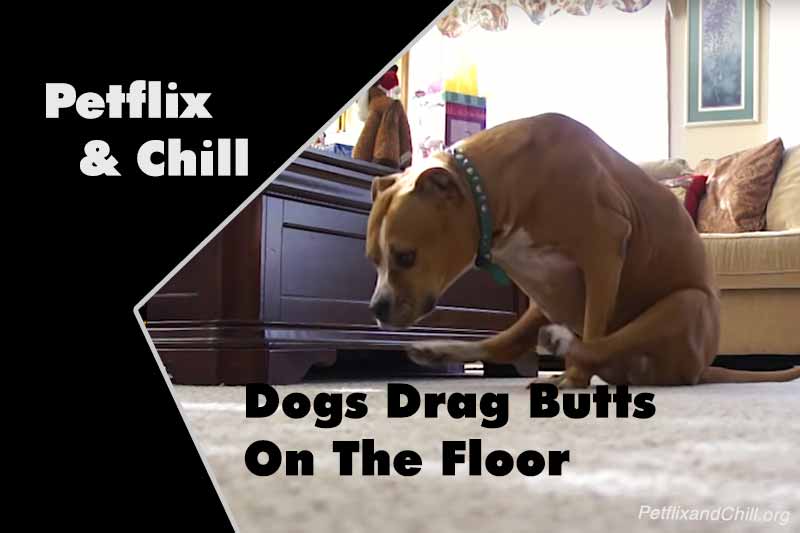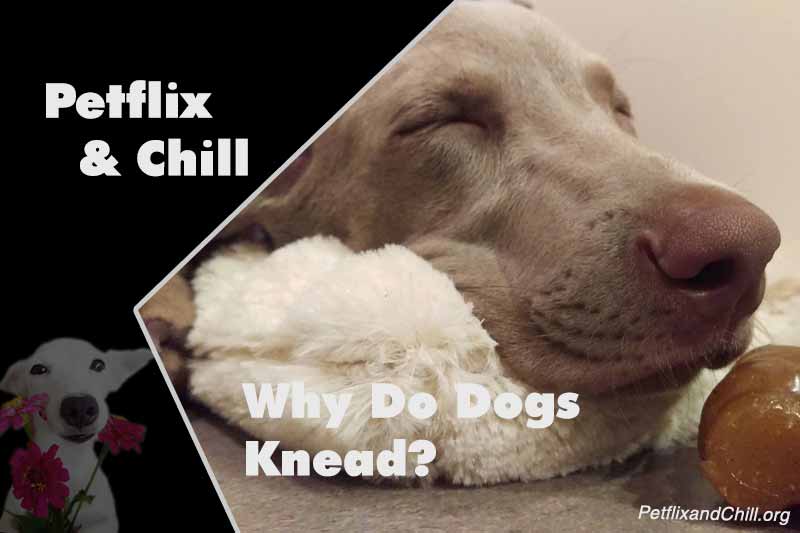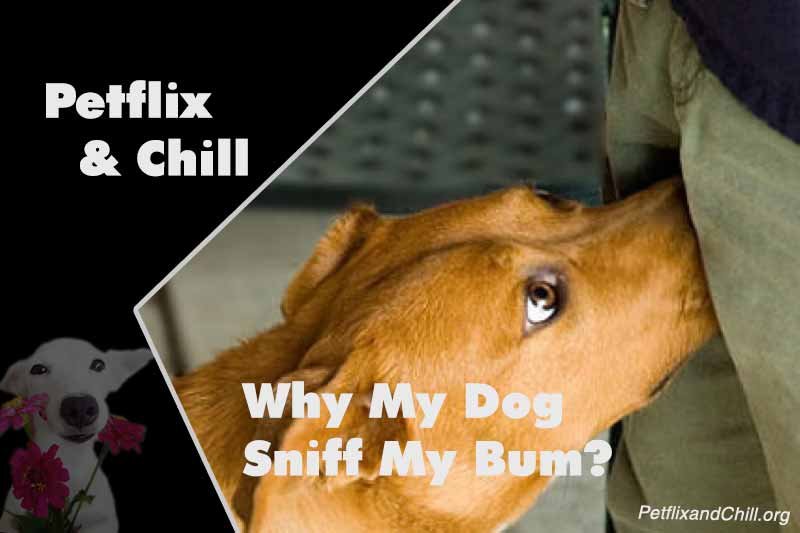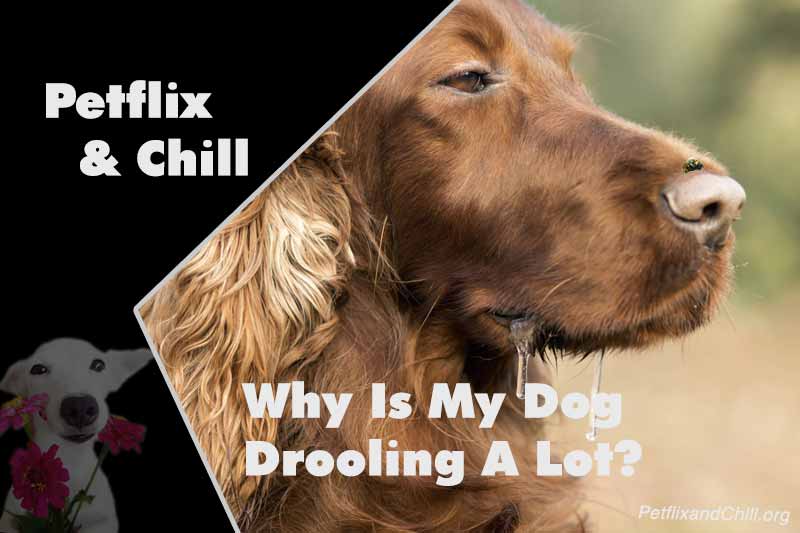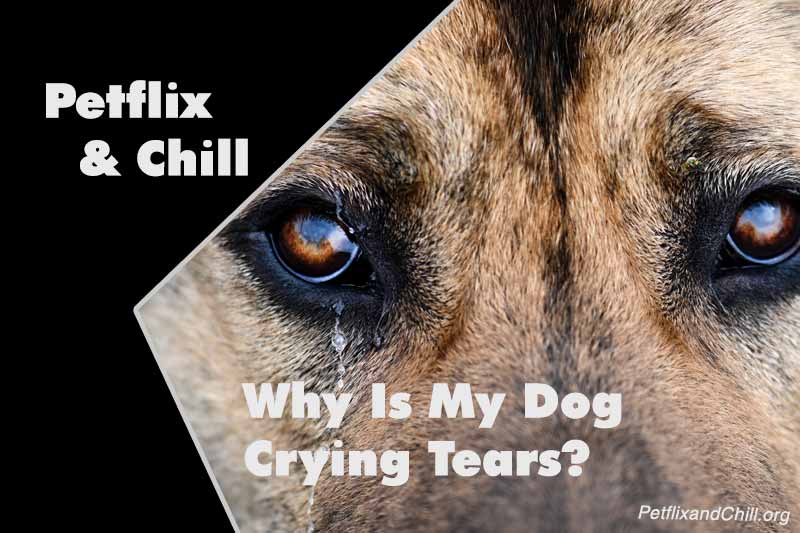Is your dog scooting across the carpet, dragging their rear end like a race? It might look funny at first, but it’s usually a sign something’s not right. Why dogs drag their butts on the floor can point to several causes, some harmless, others more serious. Let’s look at the most common causes and what you can do to help your furry friend feel better.
Why Dogs Drag Their Butts On The Floor: Top 10 Reasons
Wondering why do dogs scoot their butts on the floor? Here are the top 10 reasons this behavior happens and what could be behind it:
Parasites
One of the most common reasons for dragging the butt in dogs is intestinal parasites. You may find proglottids or white particles on your pet’s tail or stool, or you might see the worms directly.
Tapeworms are most likely to infect dogs that consume uncooked meat or play outdoors. Although problems are severe, they are fortunately less prevalent than other intestinal parasites like roundworms.
Worms
Dog scooting may also indicate the presence of worms. In canines, intestinal parasites like roundworms are frequent. Roundworms can infect puppies through the mother’s milk, and fleas can spread the larvae of tapeworms.
Pain
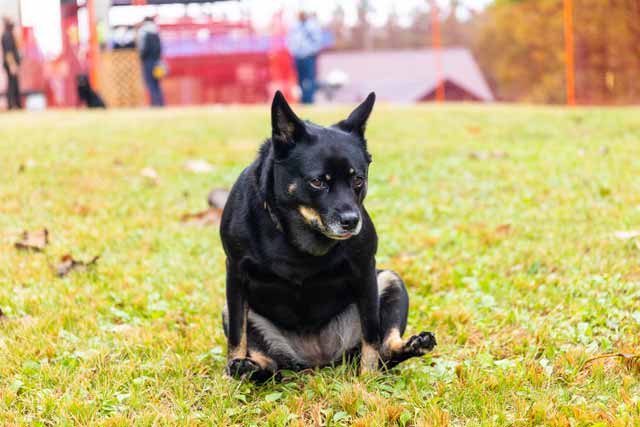
Some dogs have lameness or discomfort in their rear legs, which can lead to them dragging their bottom. Infections of the vagina or urinary system can even result in dragging, especially in female canines. These two cases both require veterinary care.
General Itching
Your canine’s back may itch from bacterial or yeast-induced skin illnesses. Dragging the bottom helps it feel less uncomfortable for a while.
Matted Hair
Dogs that have matted fur around their bottoms may drag their butt on the carpet or floor very often. This case is more common in canine breeds with long hair. However, you can easily prevent this issue with consistent grooming.
Neurological Causes
Dragging the butt in dogs might also indicate other medical concerns, such as neurological disorders. Canines might have unusual behaviors due to cognitive impairment or specific neurological issues.
Food Allergies
If your pup has digestive issues brought on by food intolerances or allergies, their anal glands may not be functioning correctly, leading to dragging their butts frequently. Be mindful of gastrointestinal symptoms, such as vomiting.
Skin Allergies
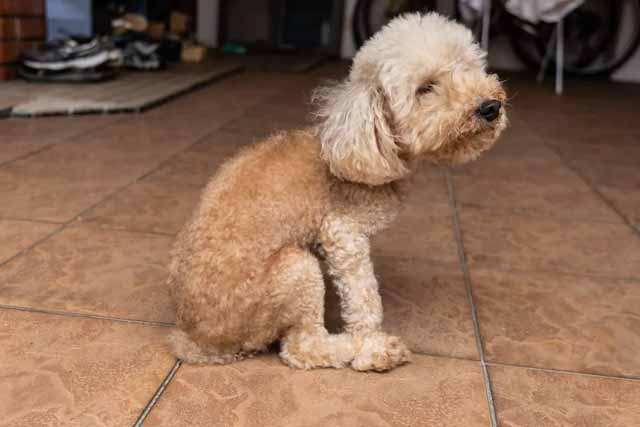
One of the most frequent reasons for dogs’ itchy skin is allergic skin illness. This issue frequently affects the skin surrounding the bottom and causes the dragging of the butt on the floor as the dog tries to get rid of the itching. Dogs may have allergies to flea bites, environmental allergens (such as dust mites and pollen), and diet (typically to proteins derived from animals).
Loose Stools
A dirty bottom is another common reason why dogs slide their bums. Your dog may get loose stool from gastrointestinal (GI) problems, which can adhere to their anus and make them itchy. At the same time, your pet takes care of itself and scratches the itch out of instinct. However, if your dog is too overzealous and breaches the skin, bacterial infections could occur. That can lead to complications that exacerbate a straightforward problem.
Anal Gland Issues
Although no pet owner likes hearing or saying these things, Anal Gland Issues are among the most frequent causes of dragging the butt on the floor in dogs. The fluid within the anal sacs may harden if the glands aren’t releasing, which irritates the furry friend. If you don’t address this illness, infection can complicate the problem.
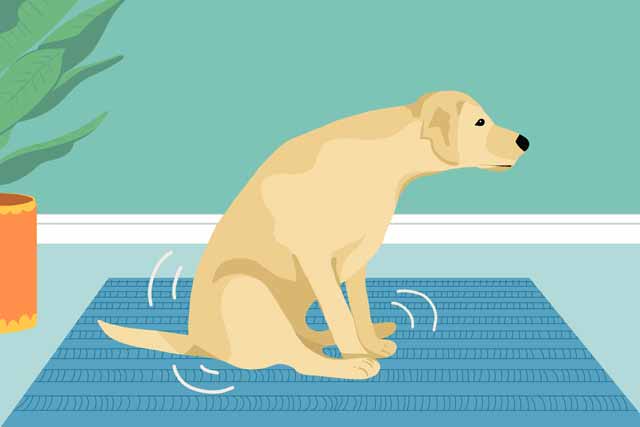
Readers may also be interested in:
How to Help Your Dog Stop Dragging Its Butt?
If your dog is scooting, there are several ways to help them feel more comfortable. Here are some practical solutions to stop your dog from dragging its butt:
Parasite Control
If intestinal parasites or worms are the cause, you can resolve the problem with a straightforward deworming procedure. Depending on the worms present, your veterinarian will advise the best course of action.
Allergy Management
It might be more challenging to identify and cope with allergies. To figure out the cause, your veterinarian may advise dietary modifications or allergy tests. Depending on the findings, the vet can prescribe antihistamines to reduce symptoms.
Bath Your Dog
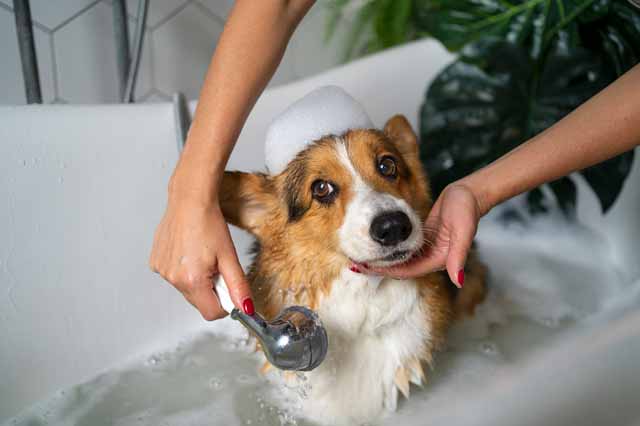
Maintaining your dog’s cleanliness helps with more than simply unpleasant household odors. Additionally, it helps to avoid issues that cause dragging the butt and is a beneficial habit for the health of canines.
Be very mindful of the area surrounding the anus while washing your dog. It is among the most likely places to become unclean and infected. The attention to detail is significant for canines with long hair.
Add More Fiber
Your dog will pass more solid, healthier stools if you give it more fiber in its food. Ensure that your pooch is receiving adequate amounts of various forms of protein.
Additionally, giving your canine excessive grain might harm their digestive system. If your pet is dragging its bottom, consider finding alternatives to items that include rice, wheat, or soy.
Maintain Hydration
Ensure your pooch consumes enough water to promote a healthy digestive system and prevent loose stools.
Regular Grooming
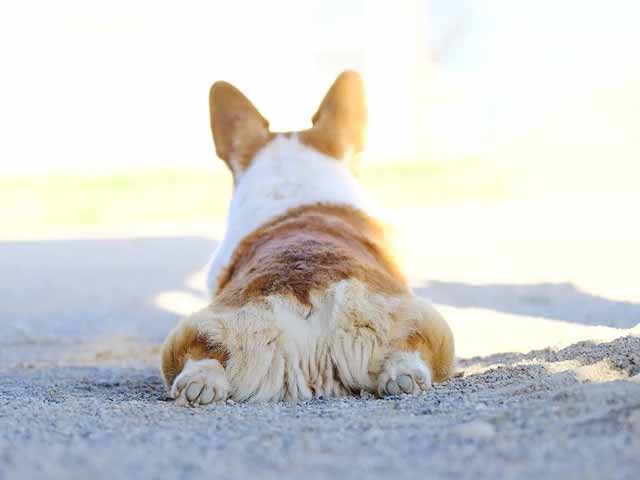
Maintaining your dog’s hygiene and grooming will lower the chance of illnesses or matting. If your pet has a long coat, make sure the hair surrounding the anal region is adequately trimmed to avoid feces being lodged, which can cause dragging the bum.
Check and Express Anal Glands (or Have a Vet Do It)
It might be necessary to physically express the canine’s anal glands if they are full. Although you can do it at home with the proper supervision, visiting a professional groomer or veterinarian is better to reduce the chance of infection or injury.
When to See a Vet?
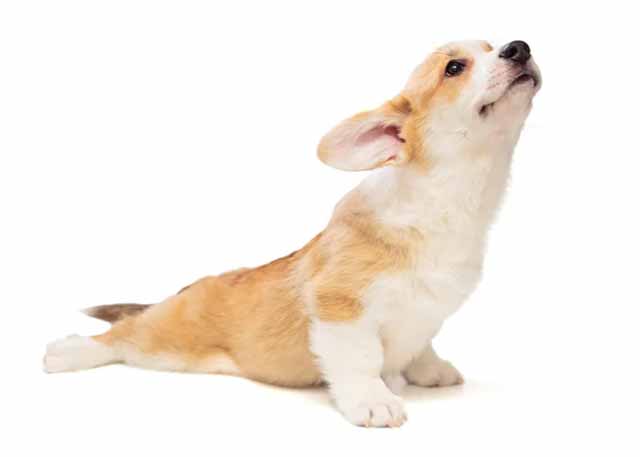
See your veterinarian right away if using DIY solutions to stop your dog from dragging the butt doesn’t work. Keep an eye out for these indicators:
- Visible parasites
- Your dog’s obvious discomfort or sensitivity
- Regular or continuous scooting
- Changes in energy or appetite
- Bleeding, redness, or swelling in the anal region
Your veterinarian may do an examination, perform anal gland expression, or recommend therapies for underlying conditions.
Wrapping Up
We hope that this guide has helped answer your questions about why dogs drag their butts on the floor. While some causes are minor, others may need quick attention from a vet. Keeping your dog clean, well-groomed, and healthy can prevent most scooting issues. Noticing changes early makes a big difference. Still seeing signs? It may be time for a professional checkup to keep your pup comfortable and happy.

